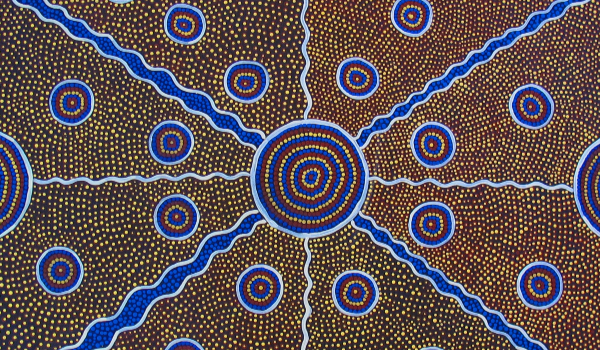
Collected. Bought. Looted?

The issue of how artefacts end up in museums is a murky one. Whilst museums have developed into sites of cultural communication and exploration, they are also the product of colonial encounters between the West and the "Other". Problems over who or which group owns a particular artefact are not always easily solved, especially when the matter becomes political. Look at the Elgin Marbles - currently housed in the British Museum, Greece has repeatedly demanded that the museum return them to their original country. Aboriginal groups in Australia have also spoken out against the historical looting of indigenous art - art which continues to be displayed in European museums, supposedly speaking for a culture that has had to fight to speak for itself.

Who owns culture? Who owns art? These are just some of the questions arising from a critical review of the Weltkulturen Museum’s collection. The exhibition COLLECTED. BOUGHT. LOOTED? was inspired by the vague provenance of many of the museum's own objects. Hardly any concrete information exists as to how these artefacts ended up on display, which makes it near impossible to judge whether the museum's ability to interpret and communicate about these objects is well-founded.

Of course, being in Germany, the Weltkulturen Museum has to face the legacy of Nazism in terms of cultural theft. To specifically address these issues, the exhibition COLLECTED. BOUGHT. LOOTED? presents a number of case studies to highlight collecting practices in the colonial context and under the Nazi regime. In doing so, the exhibition attempts to sensitively tackle the matter of museum collecting practices and provokes an examination of the Weltkulturen's heritage and future legacy. At the same time, however, the exhibition highlights the difficulty involved in understanding where objects come from and to whom they should/should not belong.
COLLECTED. BOUGHT. LOOTED? runs until 27 January 2019.
Blog post by Jessica Edney

